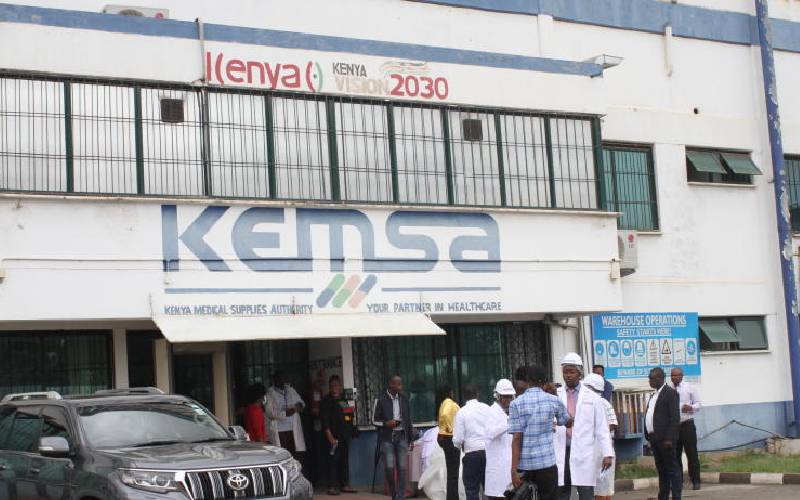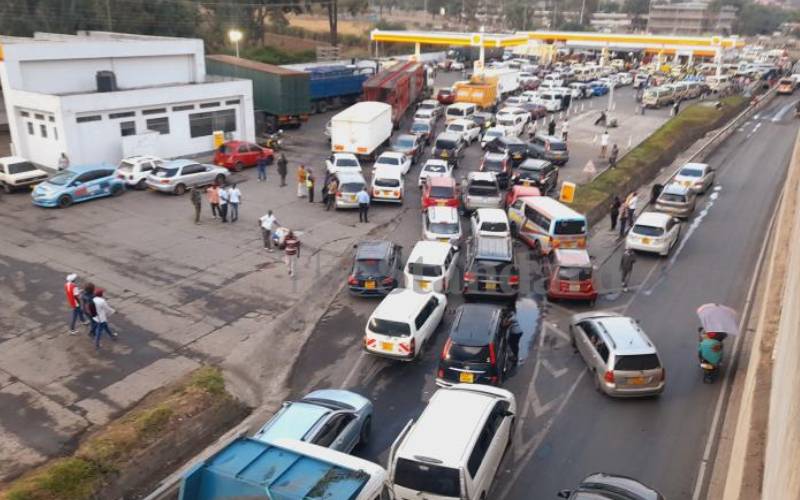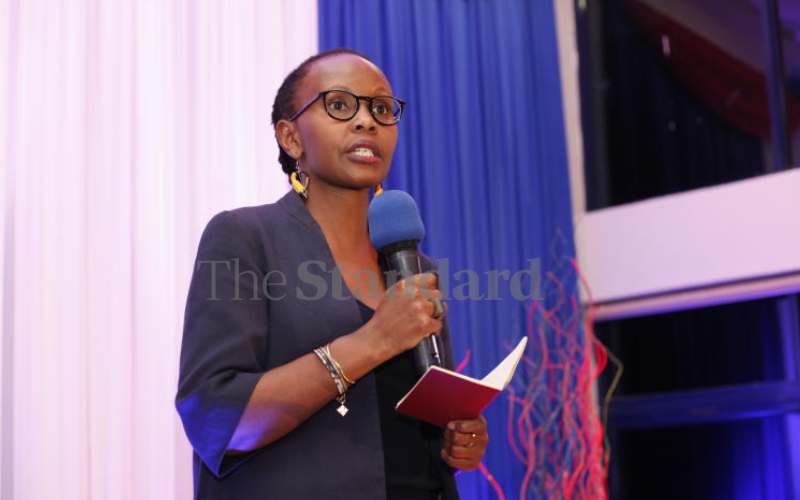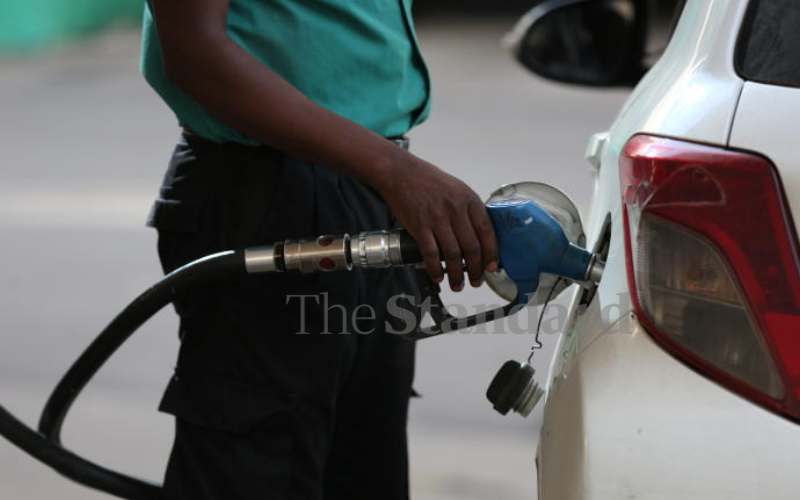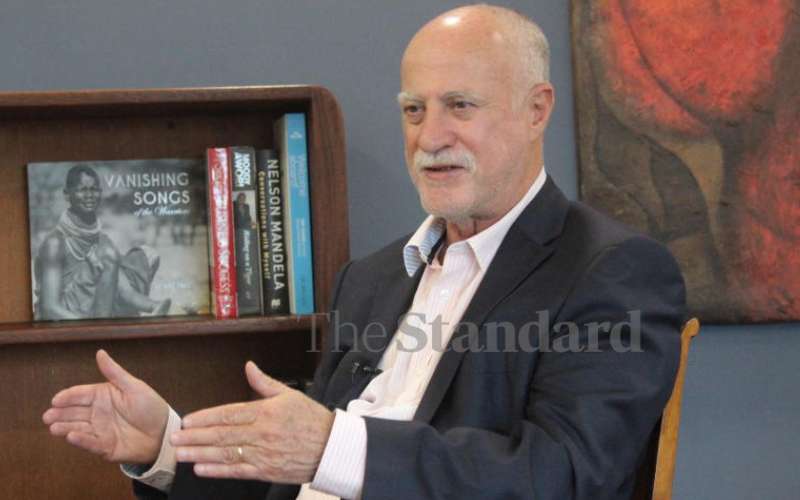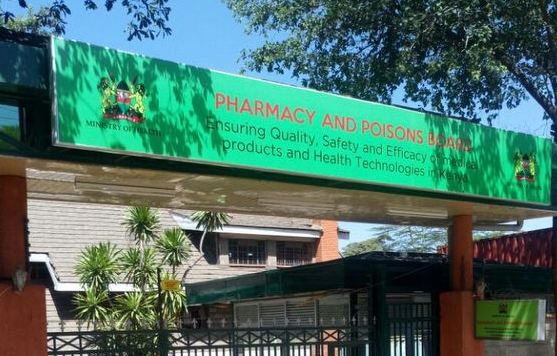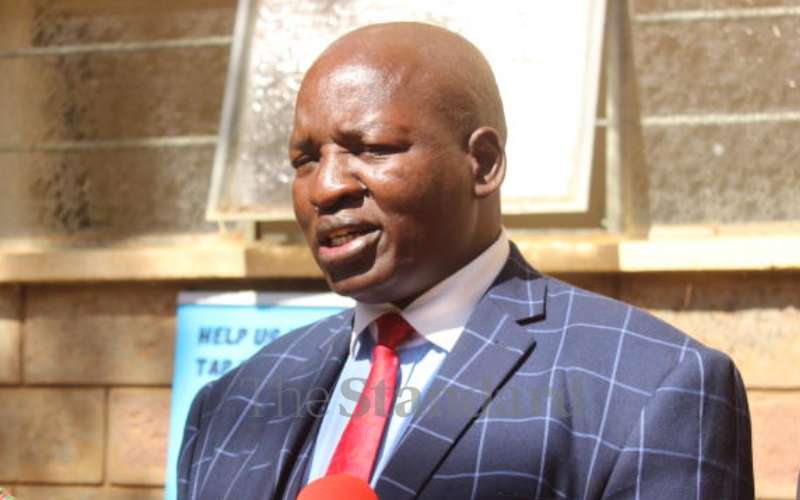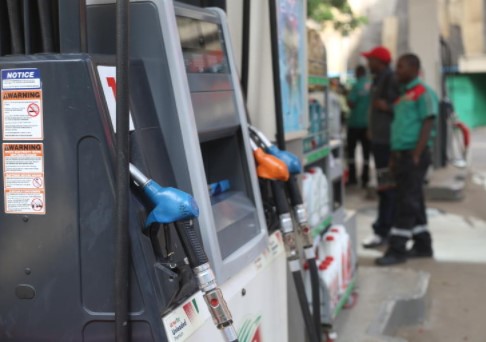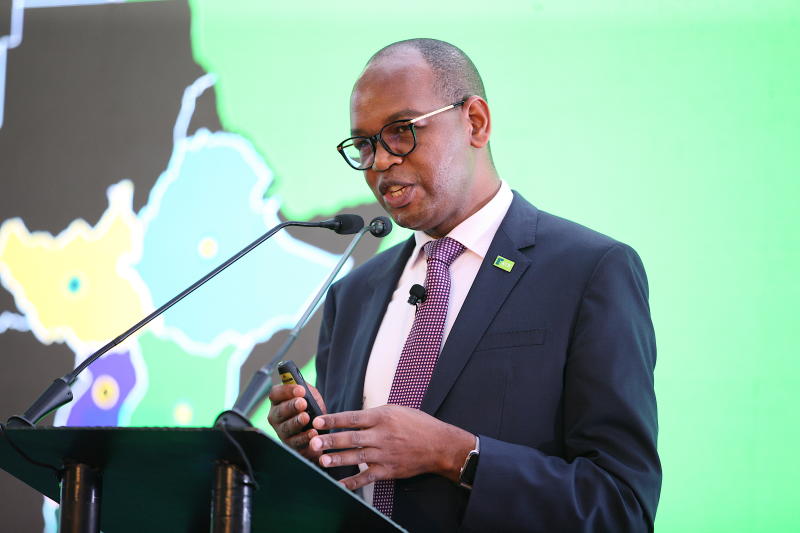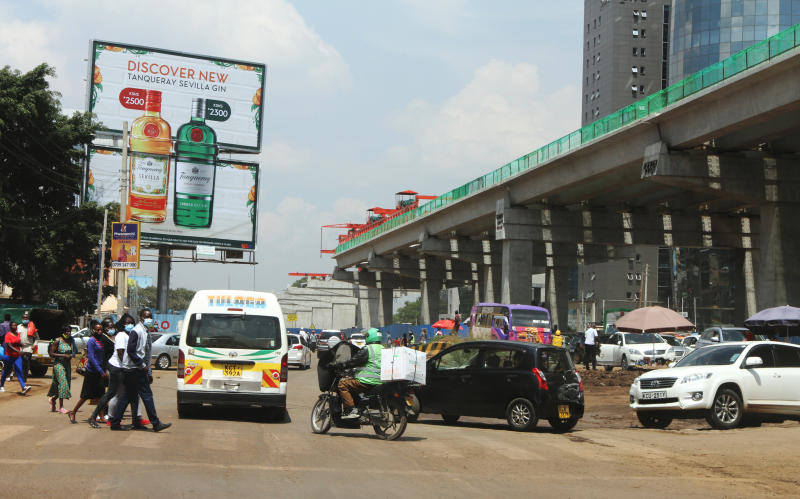
The trouble with Nairobi’s traffic is majorly caused by the poor design of some of the roads leading into and out of the central business district.
Actually, the frenzy is always that motorists are fighting to either get out of a traffic gridlock or to avoid one.
As a result, Nairobians are continuously in a labyrinthine manoeuvring into and out of the city.
Some of the unsatisfactory designs are such that there are fewer roads easing traffic into the Eastern and Northern sides of the city than to the Southern and Western sides.
Motorists exiting town to go towards Embakasi or onwards through Mlolongo must end up on Mombasa Road, somehow; and those exiting town and through Kasarani, Ruiru, Juja or Thika town end up on Thika Super Highway.
It is, however, much easier to exit the city to places like Kilimani, Lavington, Kileleshwa and into Ngong Road.
But even for those hurrying out of town and into a whole network of roads, delays are often expected. There are so many other bottlenecks on our roads that even the Sh60 billion Nairobi Expressway might struggle to resolve, namely broken lights, blatant disregard of rules, corruption by some of the people who should be keeping order, among many others.
Among the finest
In Paris, the underground rail network is now regarded as among the finest of the world’s major cities.
“Trains on the principal lines of the Métropolitain (Métro) subway system first opened in 1900, are fast and frequent. Over many years, lines have been extended into the suburbs, and in 1998 a new, fully automatic line was opened to serve central areas of the city,” Britannica reports.
The city’s transport system also features an extensive bus service and tram lines. It is also served by a system of expressways, which quickens the transportation of people and goods going through, but not stopping in the city.
New York’s Metropolitan Transportation Authority’s (MTA) new 2020-2024 Capital Plan has proposed an investment of $51.5 billion (Sh5.6 trillion) into the American city’s subways, buses and railroads over the next five years “to institutionalise and build on the progress of the Subway Action Plan to create a faster, more accessible and more reliable public transportation system,” Intelligent Transport, which provides news and business information for the world’s transport industry, reports.
“The programme plans to invest more than $40 billion (Sh4.32 trillion) in New York City Transit’s subways and buses – including crucial signal upgrades – as well as major investment in the Long Island Railroad, the Metro-North, and station, tunnel and bridge improvements,” says the website.
Modern system
Patrick Foye, MTA chairman and CEO, said the plan expands service, increases reliability, speeds up the system and delivers the world’s largest investment in accessibility. “At the end of this five-year period, New Yorkers will see a revitalised and modern system.”
The investment is also expected to fund more than 2,400 new buses, depot improvements and customer experience upgrades. It will also add to the transition to a fleet composed fully of zero-emissions electric buses by 2029.
And in Beijing, China, a modern comprehensive transport system will be in place by 2035 “to substantially improve public satisfaction levels and better support national modernisation”, according to Asia Times, which quotes a white paper titled Sustainable Development of Transport in China released by the State Council Information Office.
The system will be safe, convenient, efficient, green and economical, featuring world-class facilities, technologies, management and services.
The paper further details that China will make marked progress in developing intelligent, safe, green and shared transport by 2035, easing urban traffic congestion and creating a barrier-free travel system.
“The country will establish a sci-tech innovation system for transport, develop advanced and safe key equipment, train high-calibre professionals and create a sound market environment.”
Madrid, in Spain, has long resorted to intermodality. Intermodal form of transport involves the use of two or more modes, or carriers, to transport goods (freight) from shipper to consignee.
“Since the time of its creation in 1985, the CRTM (the Transport Authority of Madrid) has considered intermodality to be a main priority within the following different fields of action: infrastructure, ticketing and the cities overall image. The integration efforts between different transport modes are most effectively realised within the interchanges,” reports the Intelligent Transport, a journal.
“Essentially, interchanges play the same role in today’s cities as that of the gates in the walls of centuries-old medieval city. At this moment, interchanges are the gates to the cities of the 21st century.”
Very rapid solutions
The traffic nightmare in the city roads needs more and very rapid solutions.
“You can never invest yourself out of congestion. The only way is to bring in an efficient mass movement,” says Peter Mundinia, the Kenya National Highways Authority (KeNHA) Director General in a recent interview with a national broadcaster.
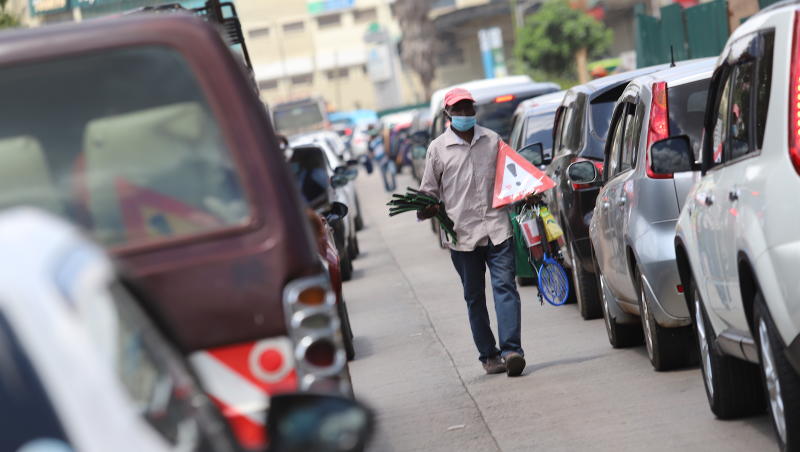
Plans for a Bus Rapid Transport, which is expected to offer an efficient, time saving public transport mode, are at an advanced stage. Even this project faces a myriad challenges. The Motorists Association of Kenya (MTA) has faulted the plan because “it doesn’t add more lanes, but rather takes away the little that is there”.
“Congestion will be worse once the right lane is reserved for BRT. The other two won’t be enough for the 150,000 vehicles,” MTA chairman Peter Murima told the Daily Nation recently.
Nairobi is a sea of constantly moving people and vehicles - mostly matatus. If you removed either, then the central business district is uncannily orderly and quiet.
According to the 2020 Economic Survey Report by Kenya National Bureau of Standards (KNBS), the number of newly registered motor vehicles increased by 7.6 per cent from 102,036 units in 2018 to 109,751 units in 2019.
And the number of new mini-buses registered more than doubled from 812 units in 2018 to 1,932 units in 2019.
“This may be attributed to improved performance of public transport coupled with increased acquisition of buses by learning institutions,” KNBS observed.
A huge chunk of these vehicles remain in the city.
Kenya is also a country of public service motorcycles (boda boda), with the number of this increasing by 11.4 per cent to 217,425 units in 2019. “This was mainly driven by an 11.2 per cent increase in the number of newly registered motor and motorcycles that rose from 188,994 units in 2018 to 210,103 units in 2019.” But a majority of the boda boda operate outside the metropolis.
The number of PSV licences issued rose by 10.3 per cent from 57,949 in 2018 to 63,938 in 2019.
“This was mainly due to increased licences issued to PSV taxis using mobile apps and registered PSV Saccos and companies in 2019. The number of PSV licences issued to matatus increased by 28.2 per cent to 47,183 in 2019,” KNBS noted.
From these figures, Nairobi is an increasingly congested city and with these numbers rising by the day, finding a solution to the incessant gridlocks should be one of the key priorities for city authorities.
Thankfully, they will not be reinventing the wheel. There are many success stories around the world. In some of the cities, movement of people and goods has been made easier courtesy of some plans that the Kenyan government may want to consider.
A poor road and transport network undermines the growth of e-commerce, one of the greatest disruptors of the 21 century. Despite advances in ICT, e-commerce has not taken hold locally, yet it is thriving in most of the Western world. Cities with good transport networks have supported this growth.
 The Standard Group Plc is a multi-media organization with investments in media platforms spanning newspaper print
operations, television, radio broadcasting, digital and online services. The Standard Group is recognized as a
leading multi-media house in Kenya with a key influence in matters of national and international interest.
The Standard Group Plc is a multi-media organization with investments in media platforms spanning newspaper print
operations, television, radio broadcasting, digital and online services. The Standard Group is recognized as a
leading multi-media house in Kenya with a key influence in matters of national and international interest.

